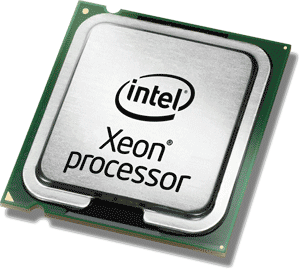Computers have become an integral part of our world. They are found in almost every sphere of life. They make every task very easy and act as the brain of any organization or company. However, you may wonder what is the most important part of this machine that serves as an essential personal and official piece of technology.
However, some disagree because they don’t consider the motherboard to be a separate component. In this article, we will see how the CPU is the most important part of the PC and why the motherboard is sometimes also given this title.
In the ever-evolving landscape of technology, computers stand as the quintessential tool shaping our modern world. Behind their sleek screens and powerful capabilities lies an intricate network of components, each playing a crucial role in their functionality. Yet, if one were to discern the most pivotal aspect within this complex machinery, it would undoubtedly be a subject of debate. Let’s embark on an exploration to uncover the cornerstone of computing.
Step 1:
Understanding the Core Components A computer is an amalgamation of several components, each contributing uniquely to its functionality. These include the Central Processing Unit (CPU), Random Access Memory (RAM), storage drives (HDDs or SSDs), motherboard, graphics card, power supply unit (PSU), and more. While each of these holds significance, one particular component acts as the nerve center orchestrating all operations.
Step 2:
The Central Processing Unit (CPU) – The Brain of the Computer Among the array of components, the Central Processing Unit (CPU) stands as the primary driving force of a computer. Often likened to the brain of the system, the CPU executes instructions, performs calculations, and manages data flow. Its clock speed, measured in GHz, determines the number of instructions it can process per second. Additionally, the number of cores within a CPU affects its multitasking capabilities.
Step 3:
Role and Impact of the CPU The CPU’s significance lies in its ability to interpret and execute instructions from software programs. Be it running applications, handling complex computations, or managing the operating system, the CPU’s efficiency directly influences a computer’s performance. Advancements in CPU technology, such as improved architectures and smaller nanometer processes, continually enhance computing speed and efficiency.
Step 4:
Interplay of Components and Synergy While the CPU holds a pivotal role, the true power of a computer stems from the synergy of all components working harmoniously. RAM provides swift access to data for the CPU, storage drives store vast amounts of information, the motherboard acts as a communication hub, and the GPU (Graphics Processing Unit) handles graphical tasks. Each component complements the other, creating a cohesive computing environment.
Step 5:
The Future of Computing and Emerging Technologies As technology evolves, so does the landscape of computing. Concepts like quantum computing, neuromorphic computing, and AI-driven processors hint at a paradigm shift in how computers function and process information. These advancements promise unprecedented speed, efficiency, and capabilities, redefining the very essence of computing.
Final Thought:
While the components within a computer collectively contribute to its functionality, the Central Processing Unit (CPU) undeniably stands as the most vital part, akin to the brain orchestrating the system’s operations. Its prowess in processing instructions and managing data flow epitomizes the essence of computing. However, the holistic synergy of all components remains integral in delivering a seamless and powerful computing experience.
